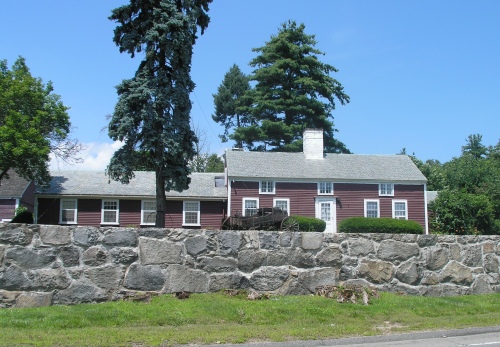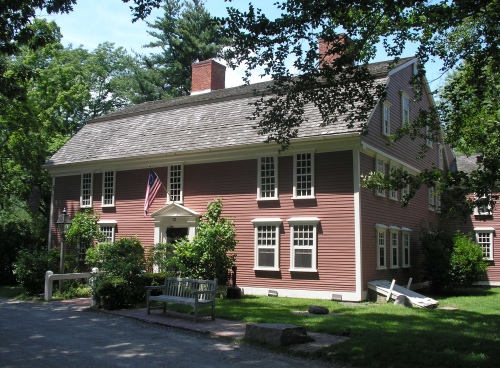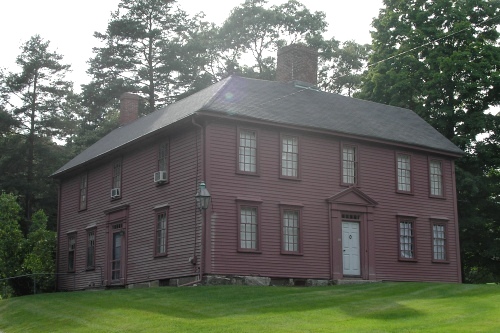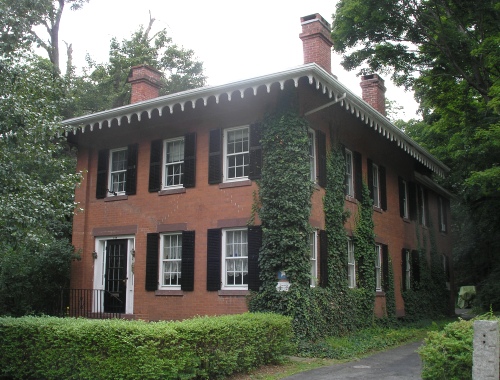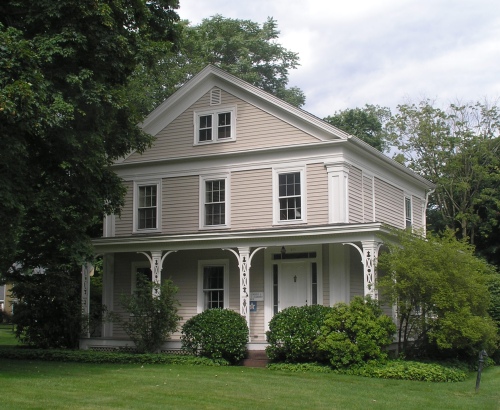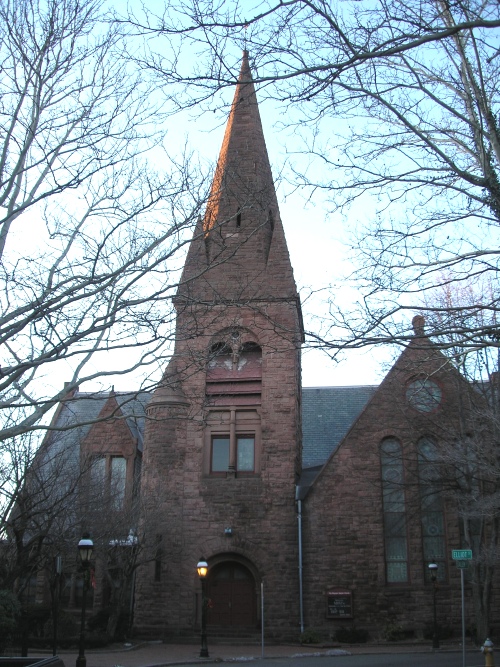First Parish in Wayland (1814)
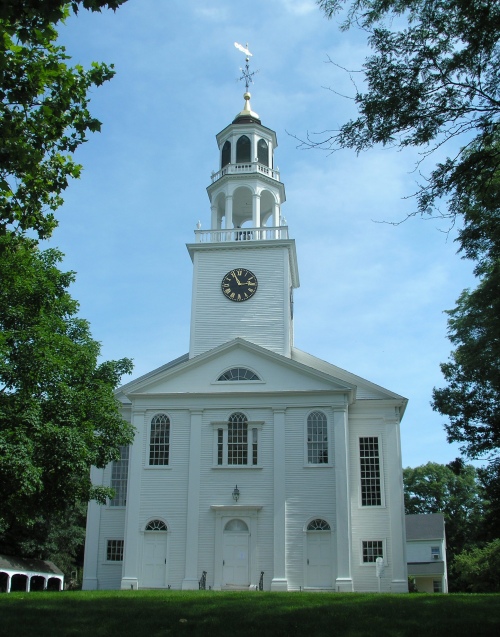
Sudbury was first settled in 1640 and successive meeting houses for the community were built, east of the Sudbury River, in 1642, 1652, 1682 and 1725. In 1780, the section of town west of the river separated from the eastern section, which was at first called East Sudbury and, from 1835, Wayland. The 1725 meeting house was replaced, in 1814-1815, by the current Federal-style church, built by Andrew Palmer of Newburyport to a design by Asher Benjamin. The church bell was cast by the foundry of Paul Revere and Son. The church became Unitarian in 1825, during the ministry of Reverend John Burt Wight. In 1850, the interior of the church was altered to to create a two-story plan, with an auditorium on the second floor. While he was minister at First Parish in Wayland, Reverend Edmund Hamilton Sears composed the Christmas hymn, “It Came Upon the Midnight Clear.”
